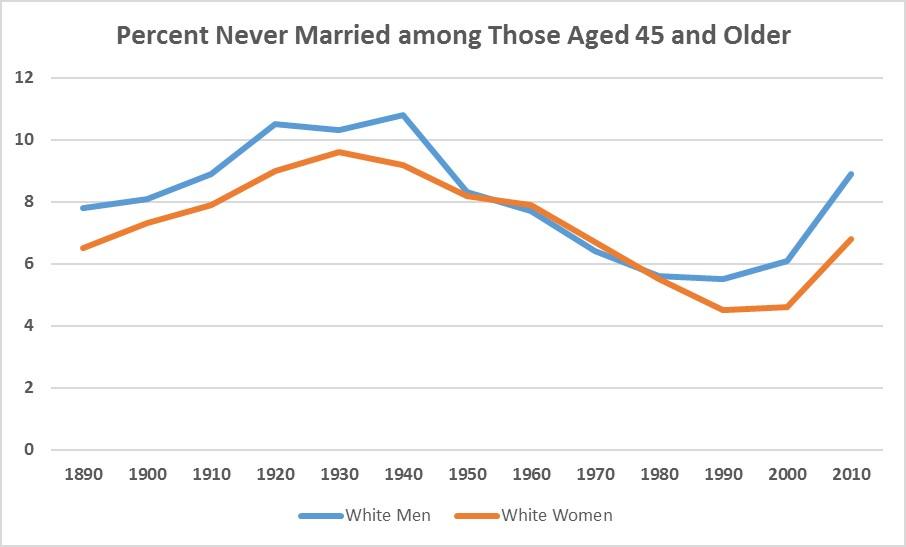As families decline, living alone is now the most common type of household
One of the most popular television shows in recent years has been ABC’s “Modern Family.” The show is popular not only because of its good script and characters, but also because it includes subjects such as divorce, step-children and same sex marriage, which are familiar to many families today. Yet Census data shows that the families in the sitcom – each household made up of two married parents with children—is actually more like those in the 1950s than how most Americans live today.
In 1950, over half of all households consisted of two married parents with children. By 2014 that portion had declined to less than a quarter of U.S. households. The actual number of households with two spouses and children was smaller in 2014 than in 1980, despite the total U.S. population growing by over 40 percent during the period. Given the scale of the change, the decline in family households is arguably one of the most significant demographic trends over the past few decades.
Often demographic trends are interrelated –the decline in family households has certainly been influenced by the aging of the U.S. population. Since 2000, the majority of U.S. population growth has been concentrated in the older-than-60 age group as the baby boomer generation ages. Because the over 60 population accounts for the majority of the population that lives alone, by the 2010 Census, households with only one resident had replaced families with two spouses and children as the most common type of U.S. household.
Another reason for the change in the U.S. household distribution is something of a return to pre-1950s trends. When compared with other periods in U.S. history, the post-war period was a demographic anomaly. People married and started families at a younger age in 1950 than in most of U.S. history and adult marriage rates were near a record high. In recent years, the decline in family households and the growth in non-family households has been partly fueled by pre-1950s trends returning, with people marrying later, if at all.

As adults are marrying later or not all, the percentage of single parent households also has risen noticeably after declining during the post-war era. The percentage of non-family households (typically housemates) has followed a pattern similar to single parent households. While the portion of non-family households today is relatively small, it is still considerably higher than pre-1950s levels.
Given that marriage rates could decline further before they reach historic levels and that the over-60 population is projected to continue to account for the majority of population growth, the U.S. household composition will likely continue to diversify. What all this means is that the typical U.S. household will increasingly look more like those in television shows such as “Sex and the City” and “Golden Girls” than the households portrayed in “Modern Family.”
To read more about changing household structures see: The decline of families could mean a change in housing demand


